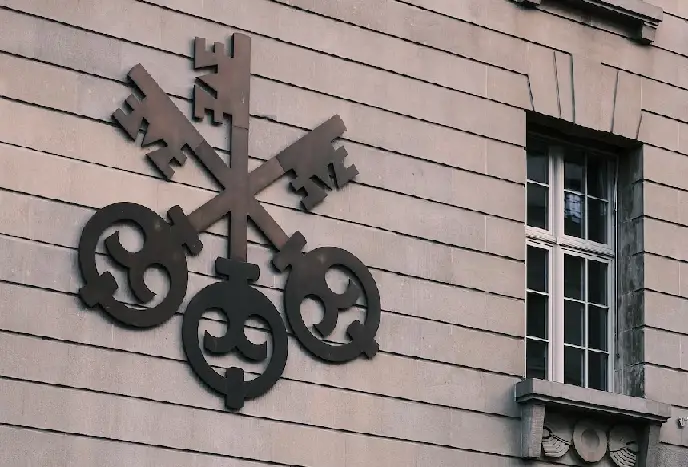According to one top European bank, next year the United States will fall into a recession, which will lead to the Federal Reserve enacting steep interest rate cuts.
Back in November, UBS bank said that it was expecting that in response to falling inflation and an economic downturn it was expecting the Fed to slash interest rates by a shocking 275 basis points – which would have been almost four times the current market expectations for a 75 basis point cut, according to the Fedwatch tool from CME.
In a research note published in mid-November, a team led by economist Arend Kapteyn and strategist Bhanu Baweja said, “One of the key features of UBS’s forecast is the very pronounced Fed easing cycle seen unfolding from March 2024 onwards,” adding that they only expect a 1.25% fall in rates over the first half of 2025.
UBS added that the reduction in rates by the Fed would be “a response to the forecasted US recession in Q2-Q3 2024 and the ongoing slowdown in both headline and core inflation”
Since March of 2022, the Fed raised its key interest rate from almost zero to about 5.5% as it attempted to rein in a rapidly rising inflation. In June of last year, inflation rose to a four-decade high of 9.1%. However since then it has begun to cool off, though it still remains well above the central bank’s 2% target rate.
It was expected the Fed’s campaign of monetary tightening would weigh on the economy, however so far the United States has managed to avoid falling into a recession. In the third quarter, the nation’s GDP expanded by 4.9% marking its highest growth rate in two years.
The jobs market has also proven to be amazingly resilient in the face of the Federal Reserve’s campaign of interest rate hikes. Although in recent months the unemployment rate has been creeping up, it still remains below 4%.
Kapteyn and Baweja’s prediction for a recession however, clashes with a separate outlook offered by the head of asset allocation for the Americas at UBS.
In a presentation, Jason Draho said that the surprising resilience of the US economy this year has primed the economy to enter into a “roaring 20’s” period, where increased GDP growth, higher inflation, increased bond yields, and higher interest rates will all be the rules, rather than the exception.

